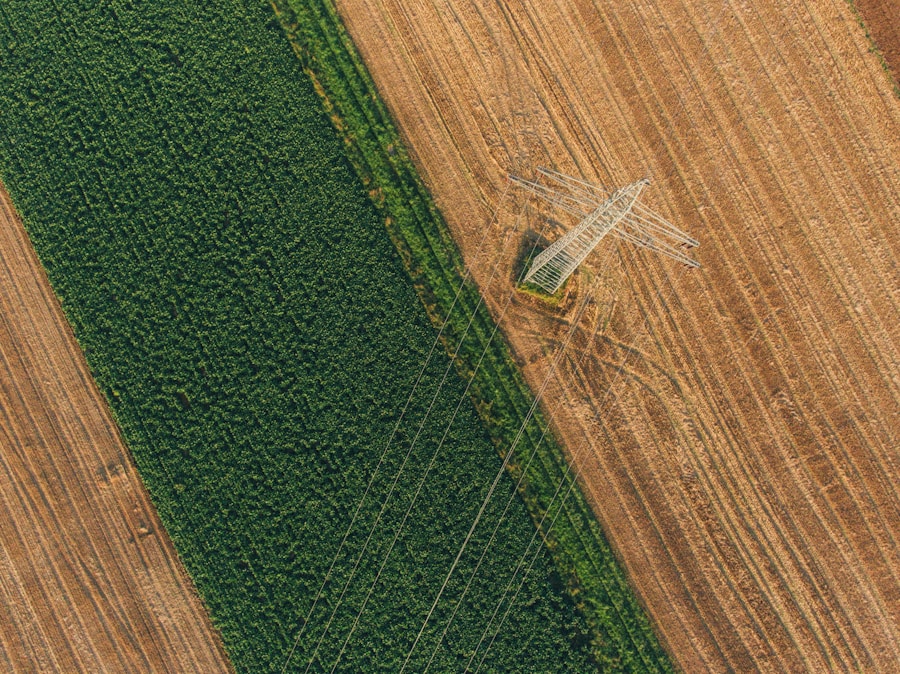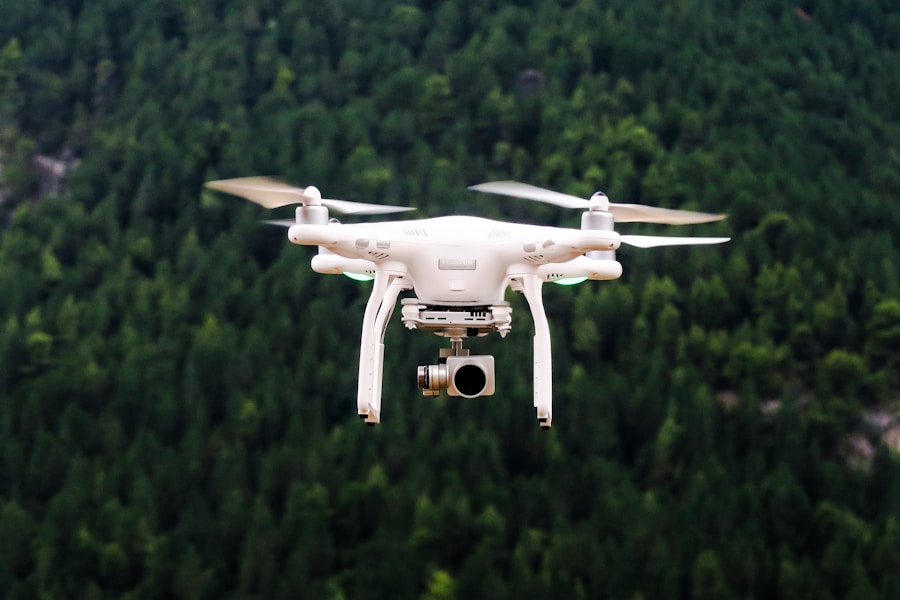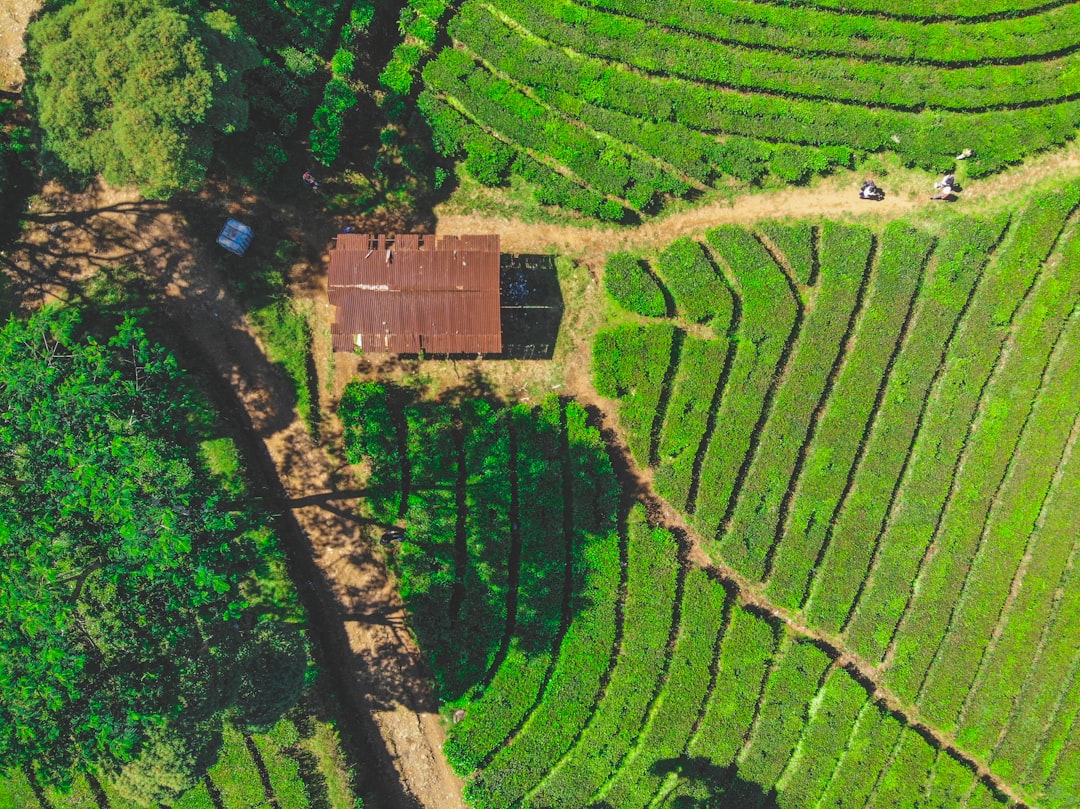Drony, tiež známe ako bezpilotné letecké vozidlá (Uavs), prešli dlhú cestu od svojho vzniku vo vojenskom sektore. V priebehu rokov, the use of drones has expanded to various industries, including agriculture. The evolution of drones in agriculture can be traced back to the early 2000s when farmers and researchers began exploring the potential of using drones for crop monitoring and management.
Initially, drones were primarily used for aerial imaging to assess crop health and identify areas of concern. Však, as technology advanced, so did the capabilities of drones in agriculture. Today, drones are equipped with advanced sensors and imaging technology that allow for precise and detailed data collection, making them an invaluable tool for modern farming practices.
The use of drones in agriculture has revolutionized the way farmers approach crop management and monitoring. With the ability to capture high-resolution images and data, Drony sa stali nevyhnutným nástrojom pre presné poľnohospodárstvo. Táto technológia umožnila poľnohospodárom robiť informované rozhodnutia o zdraví plodín, zavlažovanie, a riadenie škodcov, nakoniec vedie k zlepšeniu účinnosti a výnosu.
Ako dopyt po trvalo udržateľných a efektívnych poľnohospodárskych postupoch naďalej rastie, Očakáva sa, že úloha bezpilotných lietadiel v poľnohospodárstve sa v nasledujúcich rokoch ešte viac rozšíri.
Kľúčové cesty
- Drony zohrávajú v modernom poľnohospodárstve rozhodujúcu úlohu revolúciou v poľnohospodárskych postupoch a zvýšením účinnosti a výnosu.
- Vývoj bezpilotných lietadiel v poľnohospodárstve viedol k rozvoju presného poľnohospodárstva, čo umožňuje presnejšie a cielené poľnohospodárske postupy.
- Používanie robotov v poľnohospodárstve ponúka výhody, ako napríklad úspory nákladov, efektívnosť, a vylepšené monitorovanie plodín.
- Drones contribute to environmental benefits in agriculture by reducing the need for chemical inputs and minimizing environmental impact.
- While drone technology in farming has its challenges and limitations, the future of drones in agriculture holds promising innovations and opportunities for further advancement.
Advantages of Using Drones in Farming
The advantages of using drones in farming are numerous and far-reaching. One of the most significant benefits of drone technology in agriculture is its ability to provide real-time data and insights into crop health and field conditions. Drones equipped with high-resolution cameras and sensors can capture detailed images and data that are essential for monitoring crop growth, identifying areas of concern, a prijímanie informovaných rozhodnutí o zavlažovaní a oplodnení.
Táto úroveň presnosti a presnosti je neprekonateľná tradičnými metódami monitorovania plodín, Robiť roboti neoceniteľným nástrojom pre moderné poľnohospodárske postupy. Okrem poskytovania podrobných údajov a poznatkov, Drony tiež ponúkajú výrazné úspory nákladov pre poľnohospodárov. Použitím robotov na monitorovanie a správu plodín, Poľnohospodári môžu znížiť potrebu manuálnej práce a vybavenia, nakoniec šetrí čas a zdroje.
Ďalej, Používanie bezpilotných lietadiel môže viesť k efektívnejšiemu používaniu vstupov, ako je voda a hnojivá, čo vedie k úsporám nákladov a environmentálnym výhodám. Celkový, Výhody používania robotov pri poľnohospodárstve sú jasné, Keďže ponúkajú udržateľnejší a efektívnejší prístup k riadeniu plodín, ktorý môže viesť k zlepšeniu výnosu a ziskovosti pre poľnohospodárov.
Poľnohospodárstvo: Ako roboty revolúcie v poľnohospodárstve
Precision agriculture, also known as precision farming, is a farming management concept that utilizes technology to optimize crop production while minimizing waste and environmental impact. Drones have played a significant role in revolutionizing farming practices by enabling precision agriculture on a scale that was previously unattainable. With the ability to capture detailed images and data from above, drones provide farmers with valuable insights into crop health, pôdne podmienky, and field variability.
This information allows farmers to make informed decisions about planting, zavlažovanie, oplodnenie, a riadenie škodcov, v konečnom dôsledku vedie k efektívnejším a udržateľnejším poľnohospodárskym postupom. The use of drones in precision agriculture has also led to the development of advanced analytics and decision support tools that further enhance farming practices. By integrating drone data with other sources of information such as weather forecasts and soil analysis, farmers can gain a comprehensive understanding of their fields and make data-driven decisions that optimize crop production.
This level of precision and efficiency is essential for meeting the growing demand for food while minimizing environmental impact. As the technology continues to advance, the role of drones in precision agriculture is expected to expand even further, leading to more sustainable and productive farming practices.
Drones and Crop Monitoring: Enhancing Efficiency and Yield
| Metrika | Value |
|---|---|
| Increased Crop Yield | 10-25% |
| Reduction in Water Usage | 30% |
| Time Saved in Crop Monitoring | Up to 90% |
| Reduction in Pesticide Usage | Up to 30% |
Crop monitoring is a critical aspect of modern farming practices, as it allows farmers to assess crop health, identify areas of concern, and make informed decisions about management practices. Drones have revolutionized crop monitoring by providing farmers with a comprehensive view of their fields from above. Vybavené kamerami a senzormi s vysokým rozlíšením, drones can capture detailed images and data that are essential for assessing crop health, identifying pest infestations, and monitoring field variability.
This level of detail and precision enables farmers to take proactive measures to address issues before they impact yield, ultimately leading to improved efficiency and profitability. In addition to providing detailed insights into crop health, drones also offer a more efficient approach to crop monitoring compared to traditional methods. With the ability to cover large areas in a short amount of time, drones can provide farmers with real-time data that is essential for making timely decisions about irrigation, oplodnenie, a riadenie škodcov.
This level of efficiency is essential for meeting the demands of modern agriculture while minimizing resource use and environmental impact. Celkový, the use of drones for crop monitoring has proven to be a game-changer for modern farming practices, as it enables farmers to make informed decisions that optimize yield and sustainability.
Environmental Benefits of Drones in Agriculture
The use of drones in agriculture offers significant environmental benefits that are essential for meeting the demands of sustainable farming practices. One of the most significant environmental benefits of using drones is their ability to minimize the use of inputs such as water and fertilizers. Poskytovaním podrobných poznatkov o zdraví a podmienkach v teréne, Drony umožňujú presnejšie použitie vstupov, v konečnom dôsledku zníženie odpadu a minimalizácia vplyvu na životné prostredie.
Táto úroveň presnosti je nevyhnutná na uspokojenie rastúceho dopytu po potravinách a zároveň minimalizuje využívanie zdrojov a degradáciu životného prostredia. Okrem minimalizácie použitia vstupu, Drony tiež ponúkajú environmentálne výhody znížením potreby manuálnej práce a vybavenia pri monitorovaní a riadení plodín. With the ability to cover large areas in a short amount of time, Drony poskytujú efektívnejší prístup k monitorovaniu plodín, ktorý minimalizuje používanie fosílnych palív a znižuje emisie uhlíka.
Ďalej, umožnením presných poľnohospodárskych postupov, ktoré optimalizujú výrobu plodín a zároveň minimalizujú odpad, drones contribute to more sustainable farming practices that are essential for meeting the demands of a growing population. Celkový, the environmental benefits of using drones in agriculture are clear, as they offer a more sustainable approach to crop management that minimizes environmental impact while maximizing productivity.
Challenges and Limitations of Drone Technology in Farming
While the use of drones in agriculture offers numerous benefits, there are also challenges and limitations that must be addressed for widespread adoption. One of the most significant challenges is the cost associated with acquiring and operating drone technology. While the cost of drones has decreased in recent years, they still represent a significant investment for many farmers, particularly small-scale operations.
Ďalej, Náklady na školenie personálu na prevádzkovanie bezpilotných lietadiel a analýza údajov môžu byť tiež prekážkou adopcie. V dôsledku, Existuje potreba cenovo dostupnejších technológií robotov a školiacich programov, vďaka ktorým je táto technológia prístupná všetkým poľnohospodárom. Ďalšou výzvou spojenou s technológiou robotov v poľnohospodárstve je dodržiavanie predpisov.
V mnohých krajinách, Existujú prísne nariadenia upravujúce používanie bezpilotných lietadiel na komerčné účely, including agriculture. Tieto nariadenia často vyžadujú, aby prevádzkovatelia získali licencie a dodržiavali konkrétne prevádzkové usmernenia, ktoré môžu byť zložité a časovo náročné. V dôsledku, Existuje potreba efektívnejších regulačných procesov, ktoré poľnohospodárom umožňujú plne využívať technológiu dronov bez zbytočných prekážok.
Budúcnosť bezpilotných lietadiel v poľnohospodárstve: Inovácie a príležitosti
The future of drones in agriculture is filled with innovations and opportunities that have the potential to revolutionize farming practices even further. One area of innovation is the development of advanced sensors and imaging technology that further enhance the capabilities of drones for crop monitoring and management. With the ability to capture even more detailed images and data, future generations of drones will provide farmers with unprecedented insights into their fields that enable more precise decision-making.
Another area of opportunity for drone technology in agriculture is the integration with other advanced technologies such as artificial intelligence (Ai) and machine learning. By combining drone data with AI algorithms, farmers can gain a deeper understanding of their fields and receive real-time insights that enable proactive decision-making. This level of automation and intelligence has the potential to revolutionize farming practices by optimizing crop production while minimizing resource use.
Celkový, the future of drones in agriculture is bright, as innovations continue to expand the capabilities of this technology while creating new opportunities for sustainable farming practices. Ako technológia pokračuje v postupe, it is clear that drones will play an increasingly important role in modern agriculture by providing farmers with valuable insights into their fields that enable more efficient and sustainable crop management practices.








